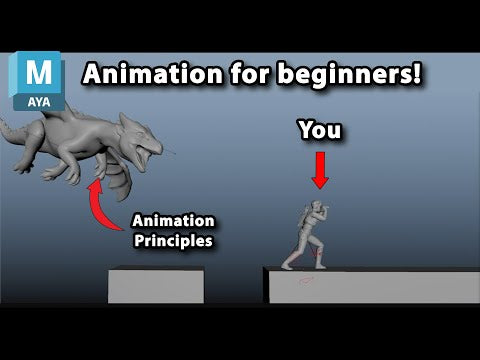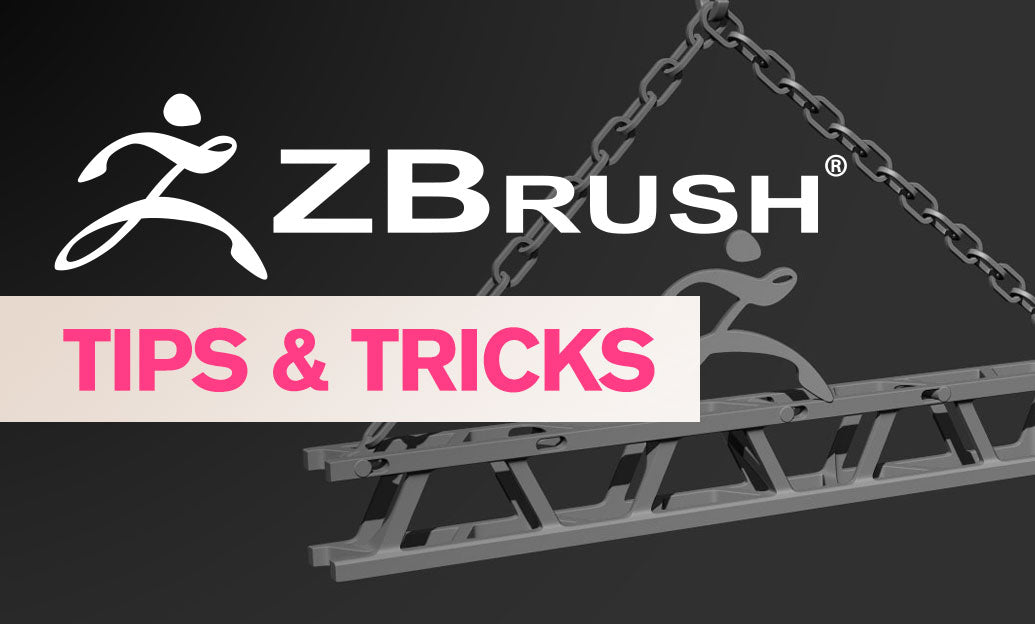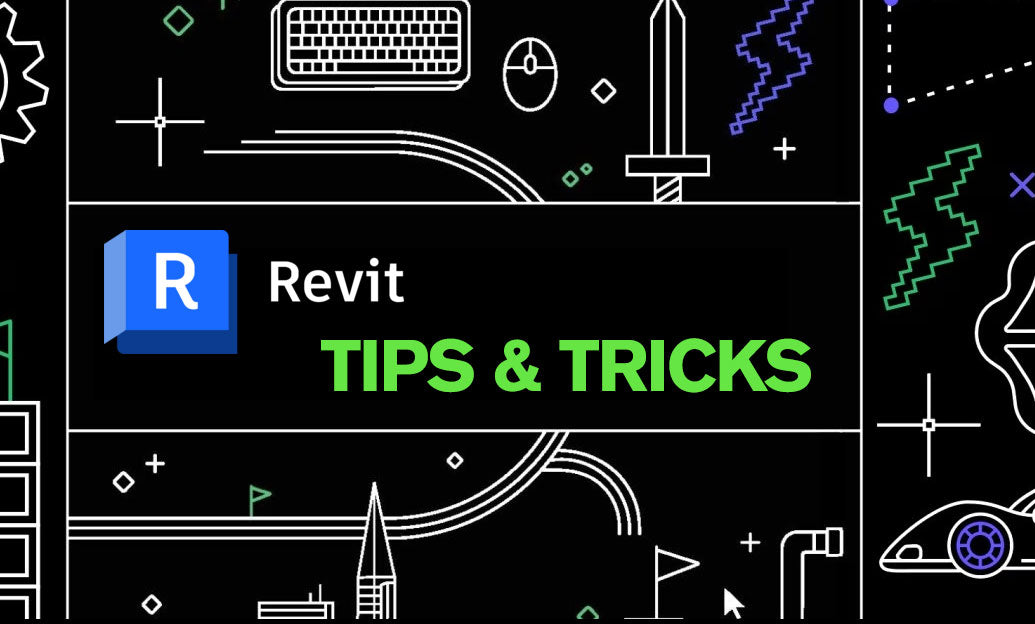Your Cart is Empty
Customer Testimonials
-
"Great customer service. The folks at Novedge were super helpful in navigating a somewhat complicated order including software upgrades and serial numbers in various stages of inactivity. They were friendly and helpful throughout the process.."
Ruben Ruckmark
"Quick & very helpful. We have been using Novedge for years and are very happy with their quick service when we need to make a purchase and excellent support resolving any issues."
Will Woodson
"Scott is the best. He reminds me about subscriptions dates, guides me in the correct direction for updates. He always responds promptly to me. He is literally the reason I continue to work with Novedge and will do so in the future."
Edward Mchugh
"Calvin Lok is “the man”. After my purchase of Sketchup 2021, he called me and provided step-by-step instructions to ease me through difficulties I was having with the setup of my new software."
Mike Borzage
V-Ray Tip: Maximizing V-Ray's Stereoscopic Rendering for Immersive 3D Visuals
August 07, 2024 2 min read

V-Ray's stereoscopic rendering capabilities allow artists to create immersive 3D visuals, which can be particularly impactful in virtual reality (VR), architectural walk-throughs, and cinematic content. To create compelling 3D imagery, consider these practical tips:
- Understand Stereoscopic Formats: V-Ray supports various stereoscopic formats such as side-by-side, over-under, or anaglyph. Choose the one that best suits your final display method.
- Adjust the Interocular Distance: This is the distance between the virtual cameras (representing the left and right eyes). A typical interocular distance is about 6.5cm, but adjusting this can enhance or reduce the stereoscopic effect.
- Control the Convergence Point: This is where the left and right camera views converge and should be set at the main point of interest to make the 3D effect natural and comfortable to view.
- Test Regularly: Regular testing on your intended display device is crucial. What looks good on one screen may not translate well to another, especially in VR.
- Optimize Rendering Settings: Stereoscopic renders effectively double the workload. Use V-Ray's various optimization techniques to manage render times effectively.
- Post-Production: Use the V-Ray Frame Buffer to apply color corrections or lens effects to both eyes simultaneously, ensuring consistent image quality.
While creating stunning stereoscopic images, be mindful of the viewer's experience. Too strong a 3D effect can be uncomfortable, leading to eye strain or even motion sickness. Subtlety is often key to a successful stereoscopic presentation.
For those interested in exploring the full potential of V-Ray's stereoscopic rendering, NOVEDGE offers a wide range of products and support to help you get started. Check out their collection of V-Ray software to find the perfect tool for your 3D visualization needs.
Remember, creating a powerful 3D visual is not just about the technical aspects; it's about storytelling and how effectively you can draw your audience into the world you've created. Stereoscopic rendering is a fantastic tool in your arsenal to achieve this immersion.
You can find all the V-Ray products on the NOVEDGE web site at this page.
Also in Design News

Animation for Beginners - Part 2: 12 Animation Principles you NEED to know
January 14, 2025 1 min read
Read More
ZBrush Tip: Enhancing 3D Model Precision with ZBrush's TrimCurve Tool
January 14, 2025 2 min read
Read More
Revit Tip: Utilizing Design Phases to Enhance Revit Project Efficiency and Collaboration
January 14, 2025 1 min read
Read MoreSubscribe
Sign up to get the latest on sales, new releases and more …


